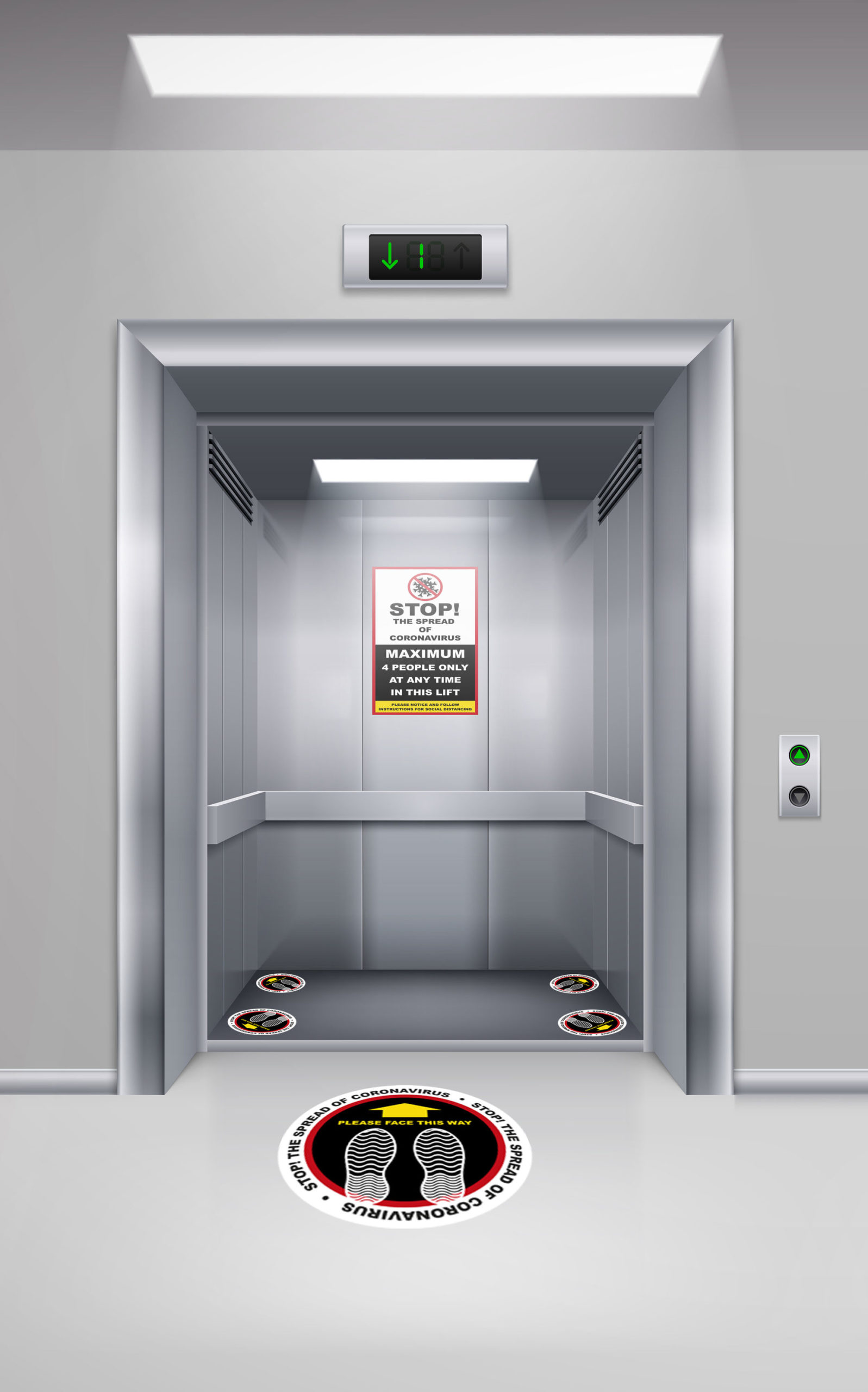We Maintain Lifts to the Greatest Criteria: Reliable Solution for All Lift Kind
We Maintain Lifts to the Greatest Criteria: Reliable Solution for All Lift Kind
Blog Article
Digging Into the Globe of Lifts: Common Concerns Faced by Numerous Lift Mechanisms
As we navigate with the upright transportation systems of modern buildings, elevators stand out as an indispensable component of our everyday lives. From hydraulic lifts to grip systems and machine-room-less layouts, each lift type comes with its set of typical problems.
Hydraulic Lifts
Hydraulic lifts, frequently chosen for low-rise structures, use fluid stress to regulate the activity of the lift car (lift repair companies). This mechanism involves a hydraulic pump pushing oil into a cylinder, triggering the elevator to relocate the preferred instructions. While hydraulic lifts are understood for their smooth and silent procedure, they do feature their very own collection of usual issues
One common issue with hydraulic elevators is oil leakage. In addition, concerns with the control system, such as faulty valves or a malfunctioning pump, can cause disturbances in the lift's motion.
Regular upkeep and punctual repairs are important to make sure the smooth functioning of hydraulic elevators. By addressing these usual concerns proactively, building owners can minimize downtime and guarantee the security and effectiveness of their upright transport system.
Traction Lifts
When considering upright transportation systems in buildings, an additional common kind apart from hydraulic lifts is the traction lift. Traction lifts operate making use of a system of ropes and counterweights that move the lift cars and truck by gripping onto the hoist ropes. This device enables for smoother and much faster vertical transport compared to hydraulic systems.
One of the typical issues encountered by traction lifts is rope wear. The constant motion of the ropes within the traction system can bring about damage with time, potentially creating the elevator to breakdown or end up being hazardous for usage. Regular examinations and maintenance of the ropes are important to ensure the lift's proper performance and safety.
One more problem that grip elevators might encounter is associated to the control system. Troubles with the control system can lead to problems such as irregular movement, delays in feedback times, or perhaps total closures. Normal screening and maintenance of the control system are important to avoid such problems and make certain the lift's reliability.
Machine-Room-Less (MRL) Elevators

One of the vital elements of MRL elevators is the small gearless traction equipment that is mounted within the hoistway. This device successfully drives the elevator automobile without the need for large equipment discovered in conventional grip elevators. In addition, MRL elevators typically utilize a weight system to balance the cars and truck, further boosting their energy effectiveness.
In spite of their advantages, MRL lifts might face difficulties connected to upkeep and repair because of the constrained room for equipment setup. Access for servicing parts within the shaft can be limited, requiring specialized training for professionals. Correct upkeep timetables and regular evaluations are vital to make certain the ongoing smooth procedure of MRL lifts.
Overloading and Weight Limit Issues
Straining and weight limitation problems are crucial problems in lift procedures. Elevator manufacturers layout raises with particular weight capacities to ensure guest safety and security and tools durability.
When elevators are strained, it puts excessive pressure on the motor, cables, and other components, possibly triggering malfunctions or breakdowns. If they discover excess weight, safety devices such as sensors and overload sensing units are in location to prevent lifts from moving. Furthermore, surpassing weight limits can cause increased power consumption and damage on the elevator system.
To alleviate overloading problems, building supervisors ought to plainly display weight limitations in lifts and inform owners on the value of sticking read to these constraints - lift repair companies. Routine upkeep checks by qualified technicians can likewise aid guarantee that lifts are running within secure weight specifications. By addressing overloading and weight limitation concerns proactively, building owners can improve lift safety and security and effectiveness
Electric System Failures
Surpassing weight limitations in lifts can not just lead to mechanical problems yet additionally potentially add to electric system failings within the lift framework. Electrical system failures are an essential concern in elevator procedure, as they can cause unanticipated shutdowns, malfunctions, or perhaps safety and security threats. One usual electrical issue is the overheating of components because of extreme present circulation triggered by straining the lift past its ability. This can bring about harm to the electric motor, control, use this link or circuitry systems, causing pricey repairs and downtime.
Moreover, power rises or variations in the electrical supply can also disrupt the lift's operation, affecting its performance and safety. These electric disruptions can damage delicate elevator elements such as control panels, circuit boards, or sensors, causing system failures. Regular upkeep and evaluations are essential to determine and address possible electrical concerns immediately, ensuring the effective and secure operation of lift systems. By adhering to weight restrictions and carrying out regular electric system checks, structure proprietors can alleviate the risk of electric failings in elevators.
Verdict
Hydraulic elevators, often liked for low-rise structures, use fluid pressure to regulate the motion of the lift automobile.When considering vertical transport systems in buildings, an additional common kind aside from hydraulic elevators is the grip elevator. Grip elevators operate making use of a system of ropes and counterweights that move the lift automobile by grasping onto the hoist browse around this site ropes. Unlike traditional elevators that need a different device space to house the tools, MRL elevators integrate most of the components within the shaft, getting rid of the requirement for a dedicated maker area.In verdict, elevators face typical concerns such as hydraulic malfunctions, grip system failings, and electric system problems.
Report this page